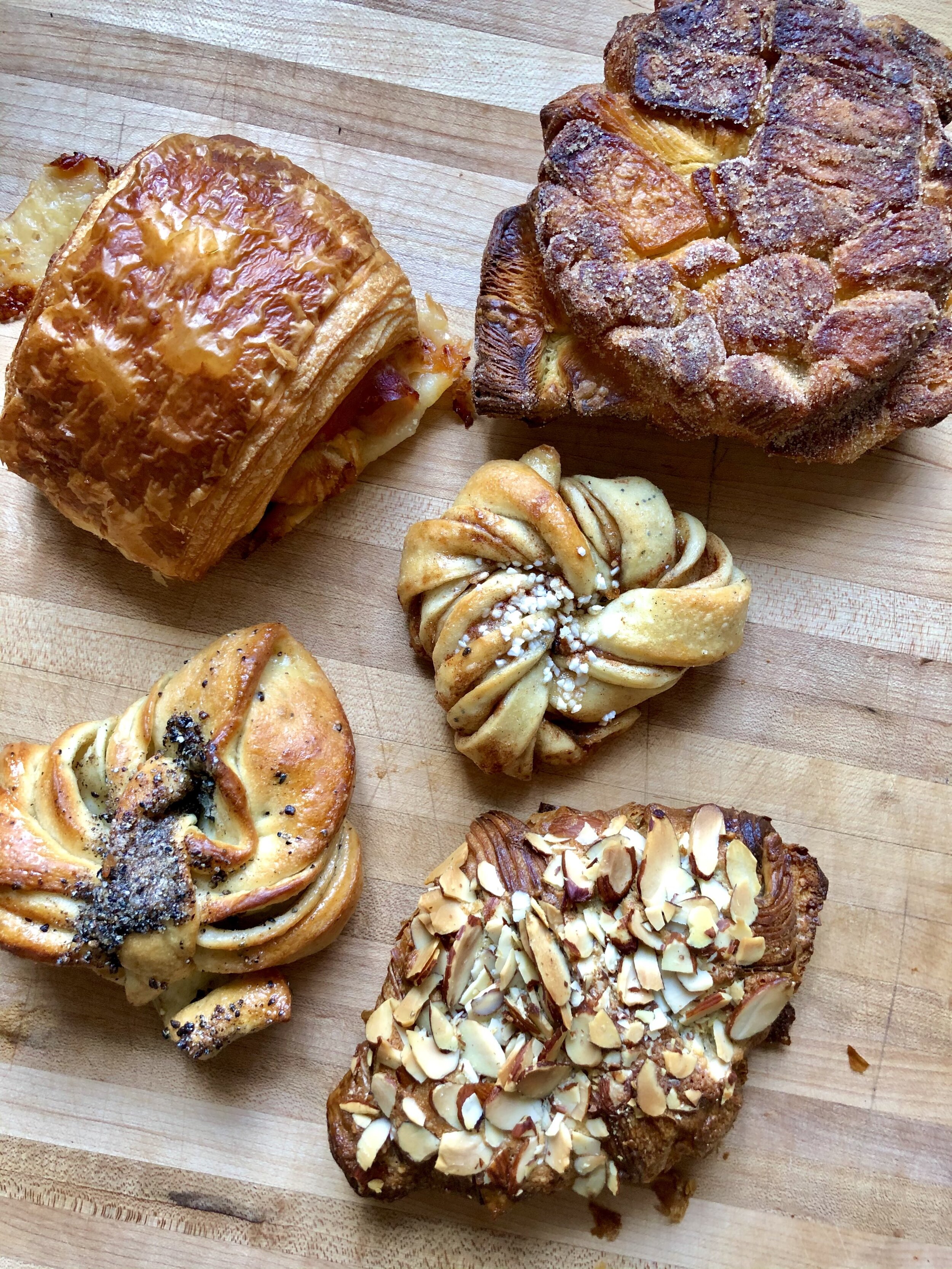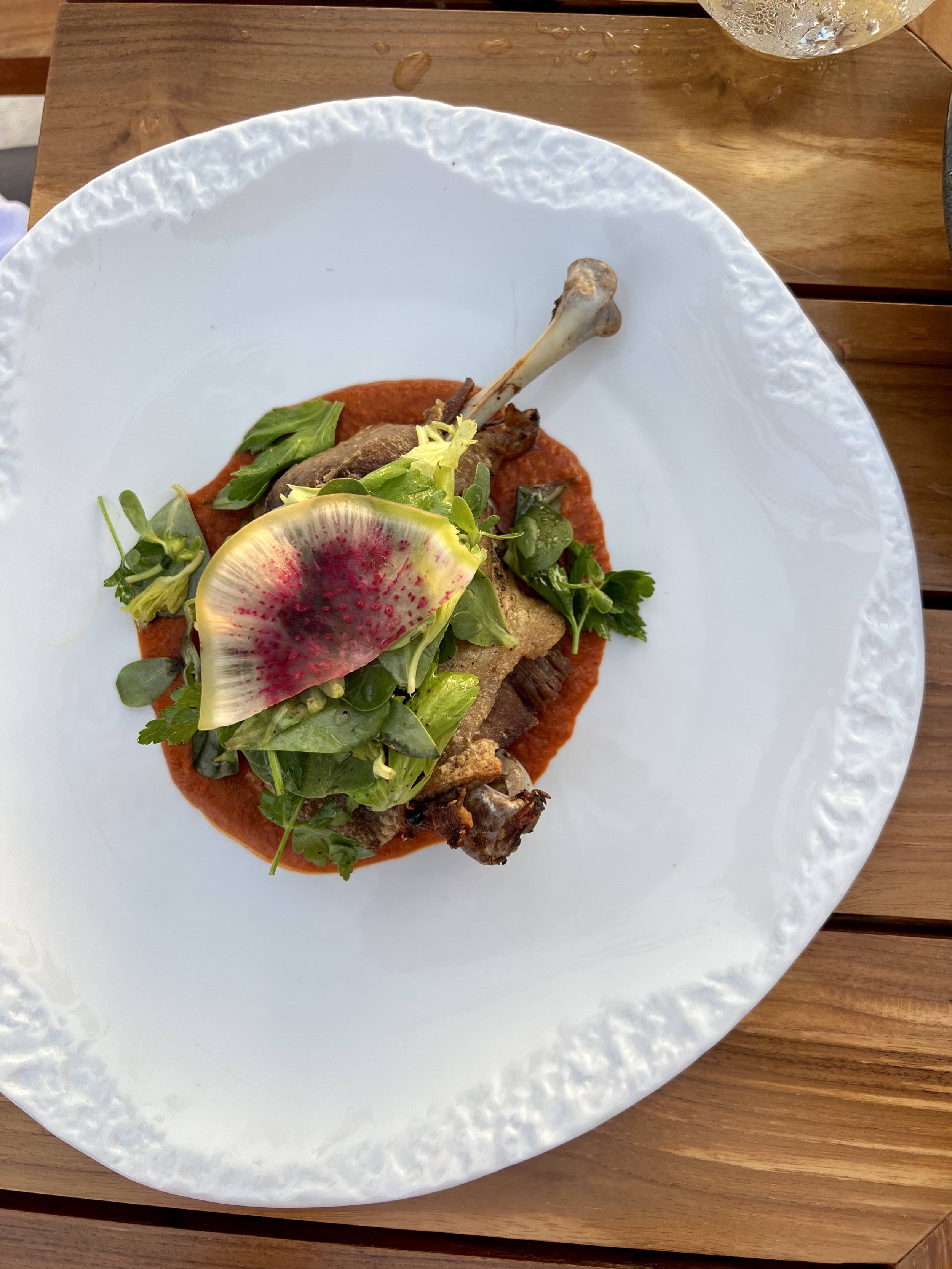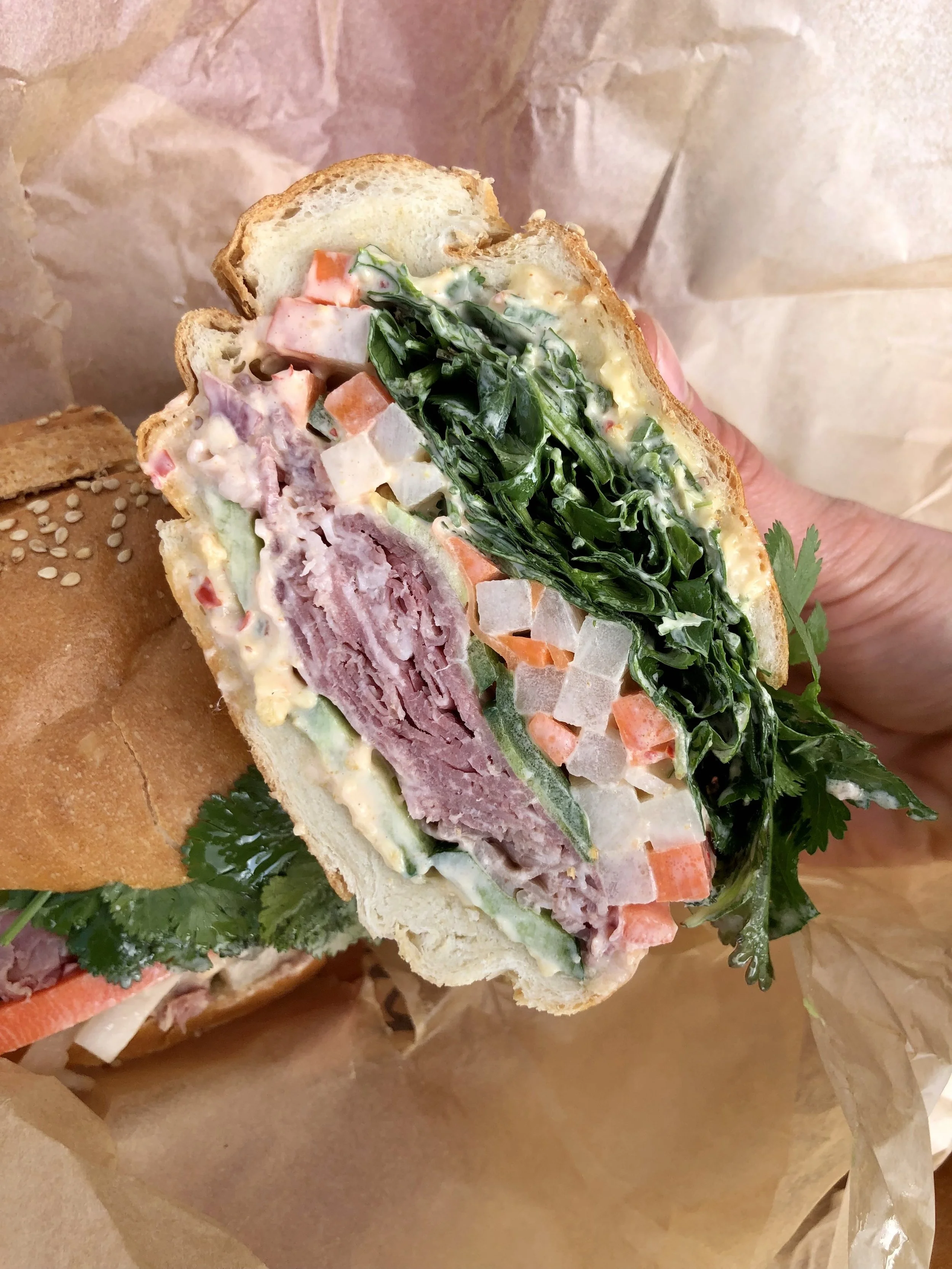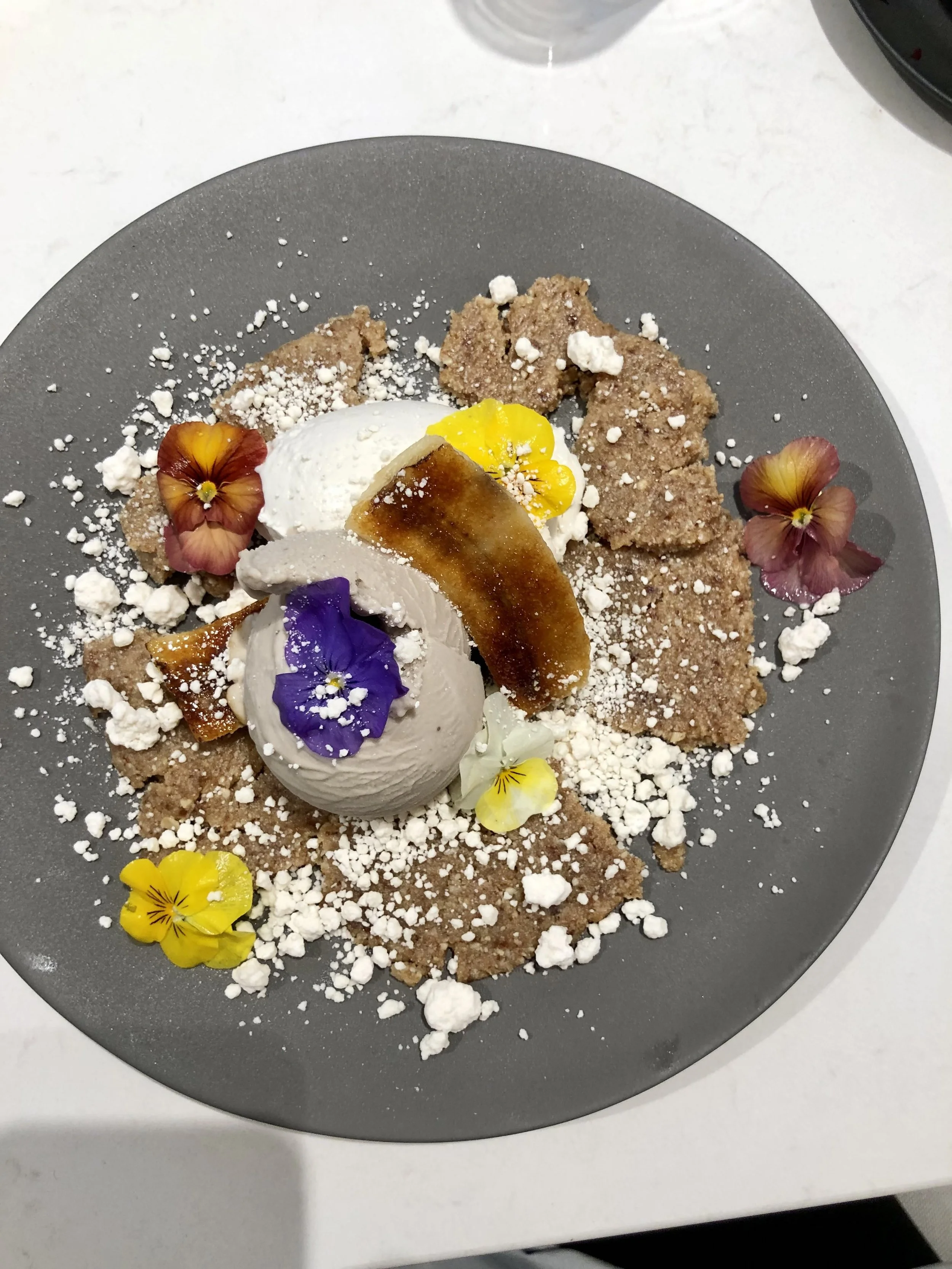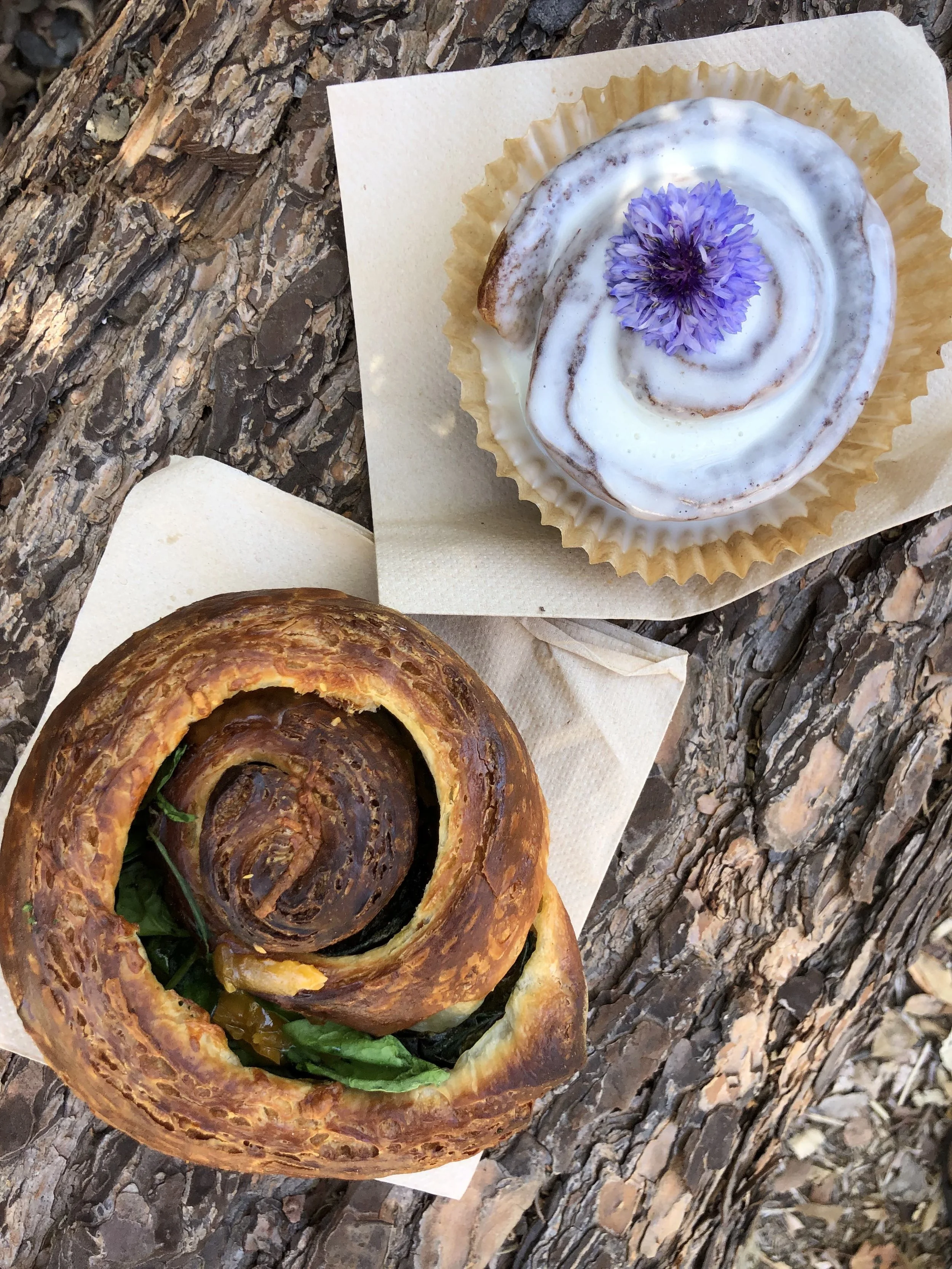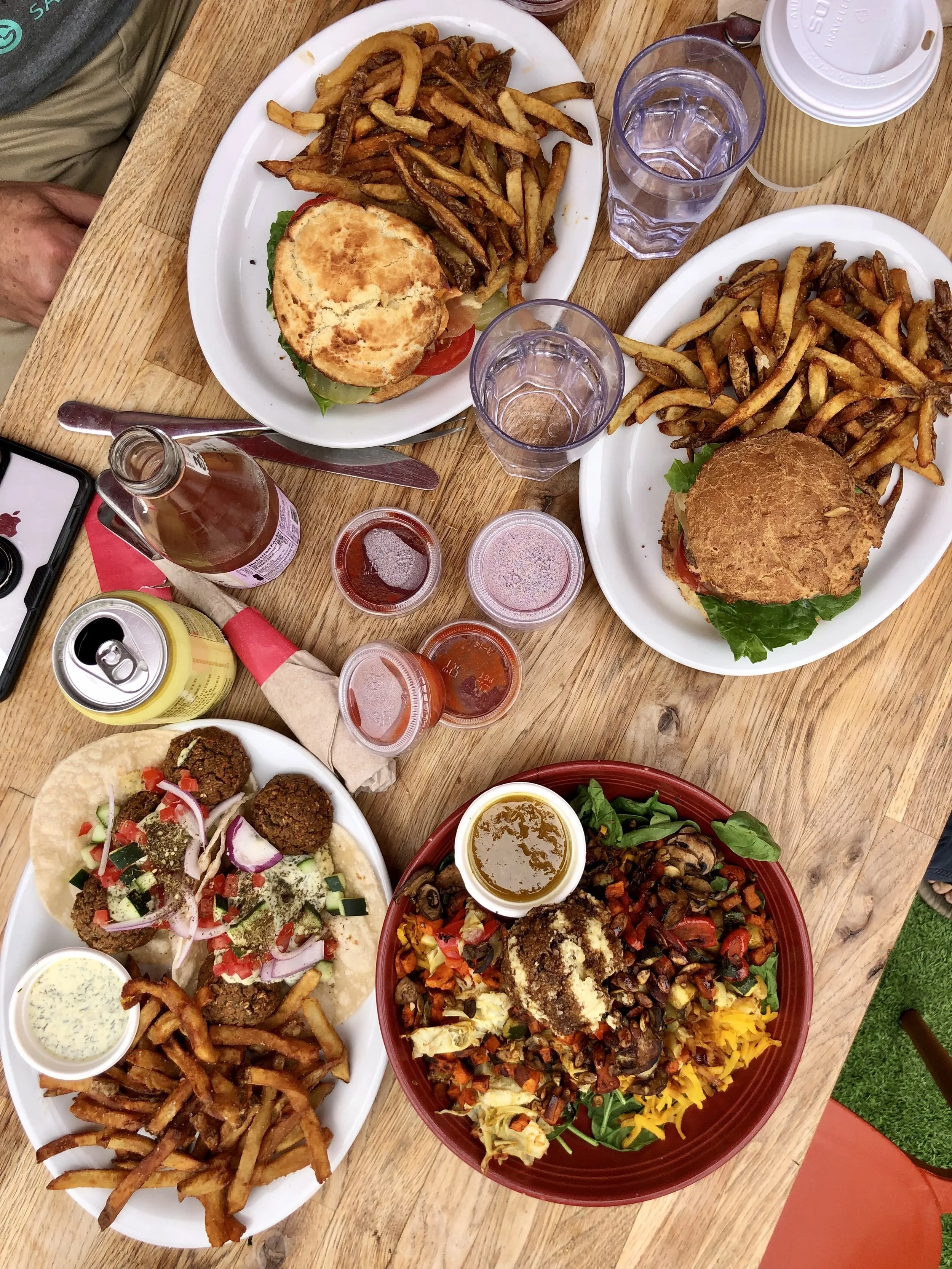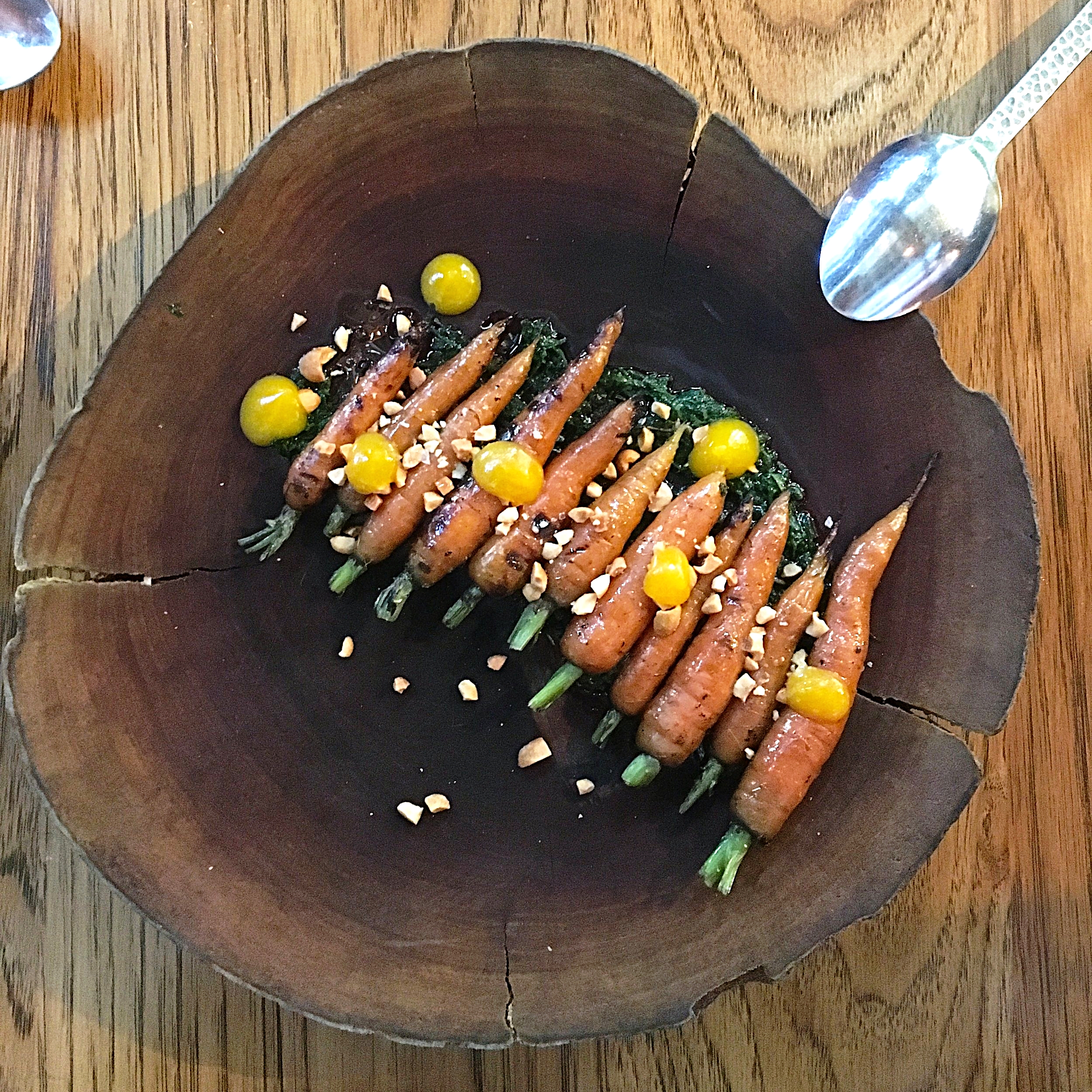Some of y’all might not know, but I was actually born in Sweden! Although my family is not technically Swedish (my parents were just living there while my dad was doing his fellowship to become a doctor), I always say we are “wannabe-Swedes”. My parents speak the language, my brother just did a masters program there, and we’ve been back to visit numerous times over the years. Plus, we all tend to thoroughly enjoy Scandinavian cuisine! That’s where Clark Street Bakery comes in- it’s been one of my absolute favorites since coming to Los Angeles, and I love the nod to my “homeland”.
Clark Street was started by Zack Hall back in 2014. After spending the summer at his wife's family's town working in a wood-fired bakery in the Swedish countryside and falling in love with the craft, Hall returned home to become a full-time bread baker. Clark Street has since grown into a full fledged bakery offering plenty of Swedish delights in addition to more traditional French pastries, as well as freshly baked sourdough. I love stopping by for breakfast or lunch, or simply a quick coffee and pastry to-go. Offering everything from kanelbulle (Swedish cinnamon buns) and kouign-amann to seasonal salads and sandwiches, you’re sure to find something up your alley. I personally can’t pass up the perfectly spiced Swedish cardamom bun nor the totally flaky almond croissant (just look at those layers!) whenever I’m there. The dark rye brownie is hard to beat as well- OMG so fudgy! I’m happy to report my toddler is a huge fan as well- can you tell by the photos?!- so visits to Clark Street may just become our new favorite mommy & son activity. PS- Any local, aspiring bread bakers out there? Clark Street offers free sourdough starter with any purchase so you can bake fresh bread at home! Our starter recently died after being neglected during our move (RIP Gustafson), so I plan to pick up a fresh starter soon. I’ve been missing homemade sourdough like woah!
